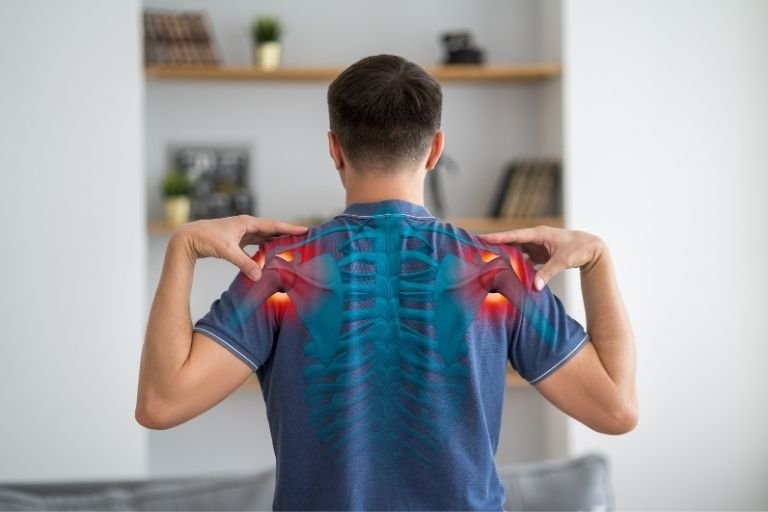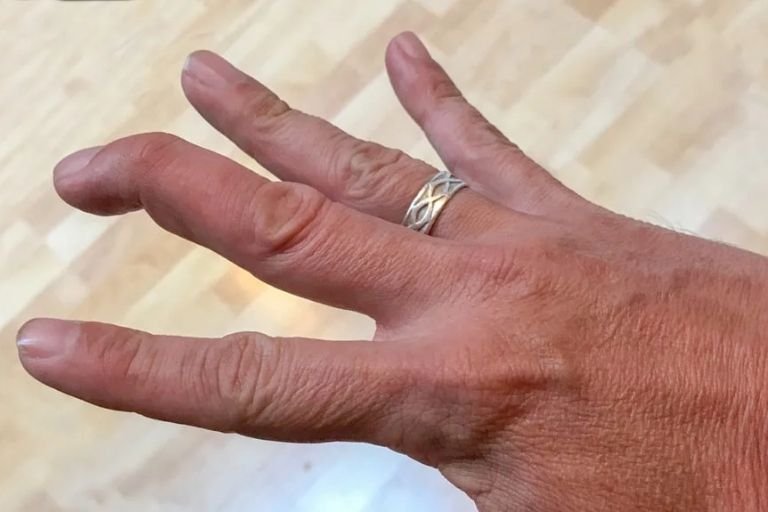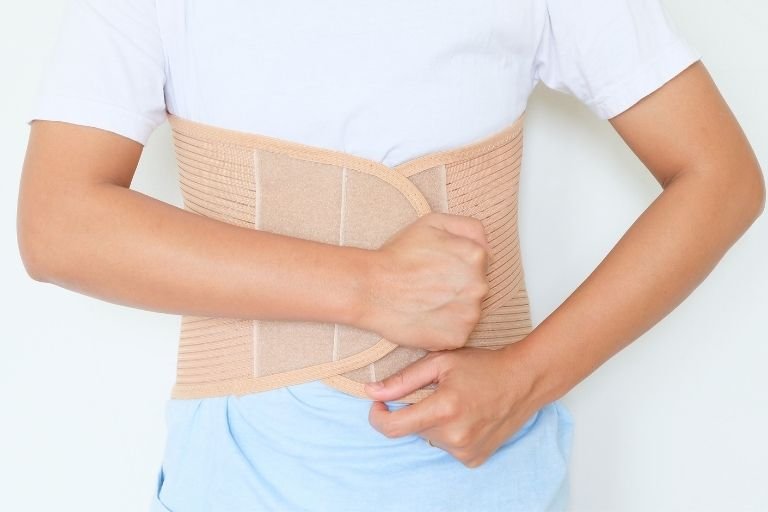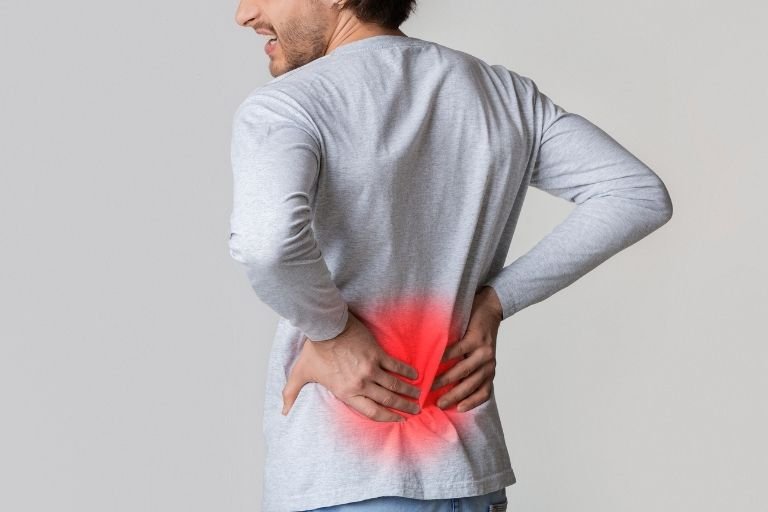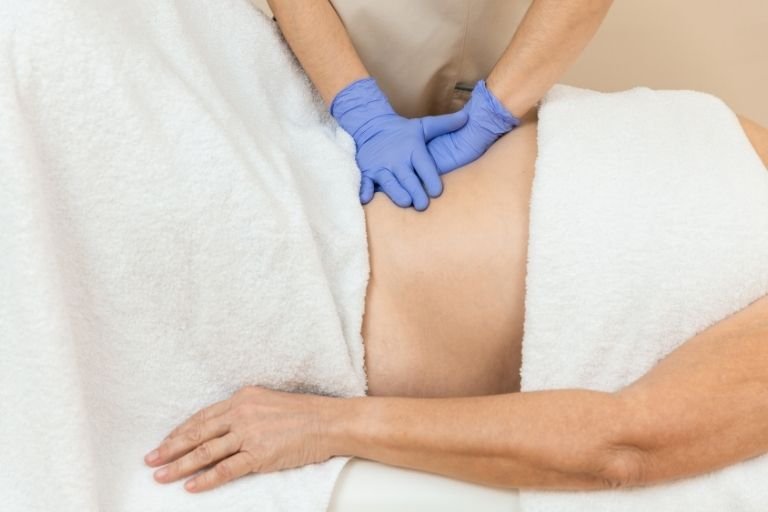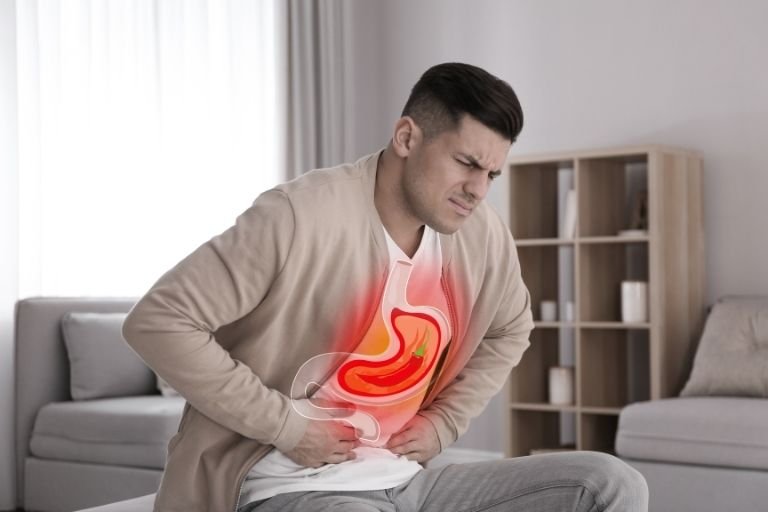- Fitwell Physiotherapy
Groin Pain

Groin pain can be debilitating and disruptive, affecting everyday activities like walking, running, or even sitting comfortably. It’s essential to understand its symptoms, causes, and how to manage it effectively.
Please submit your details below.
Symptoms:
- Localized Pain: Pain in the groin area, which can range from mild to severe.
- Difficulty Moving: Difficulty in moving the hip or leg, especially when lifting the knee or bending.
- Swelling or Bruising: Swelling, tenderness, or bruising around the groin or inner thigh area.
- Limited Range of Motion: Difficulty in performing activities that involve the hip joint’s range of motion, such as stretching or spreading the legs.
Causes:
- Strain or Sprain: Overexertion or sudden movements can strain or sprain the muscles, tendons, or ligaments in the groin area.
- Sports Injuries: Sports that involve sudden changes in direction or kicking motions, like football or soccer, can lead to groin injuries.
- Hernia: A hernia, where an organ or tissue protrudes through a weak spot in the abdominal wall, can cause groin pain.
- Hip Joint Problems: Conditions affecting the hip joint, such as arthritis or labral tears, can also manifest as groin pain.
- Referred Pain: Pain from other areas, such as the lower back or hip, can radiate to the groin, mimicking primary groin pain.
When to See a Physiotherapist:
It’s advisable to consult a physiotherapist if:
- The pain persists for more than a few days.
- The pain is severe or worsening over time.
- There’s swelling, bruising, or tenderness in the groin area.
- Movement or daily activities are significantly impacted.
Risks:
Ignoring groin pain or attempting to self-diagnose and treat it can lead to:
- Chronic pain and discomfort.
- Exacerbation of the underlying condition.
- Increased risk of further injury due to improper management.
How to Prevent:
- Warm-Up: Always warm up before engaging in physical activities to prepare muscles and reduce the risk of strains.
- Proper Technique: Use correct techniques and form when exercising or participating in sports to minimize the risk of injury.
- Gradual Progression: Gradually increase the intensity and duration of physical activities to allow muscles to adapt and strengthen.
- Cross-Training: Incorporate a variety of exercises and activities to prevent overuse injuries.
- Maintain Flexibility: Regular stretching and flexibility exercises can help maintain muscle elasticity and reduce the risk of strains.
Treatments:
- Rest: Avoid activities that exacerbate the pain and allow the groin muscles to heal.
- Ice and Heat Therapy: Applying ice packs or warm compresses to the affected area can help reduce inflammation and alleviate pain.
- Physical Therapy: A physiotherapist can design a tailored rehabilitation program to strengthen the groin muscles, improve flexibility, and restore normal function.
- Medication: Over-the-counter pain relievers or anti-inflammatory medications may be recommended to manage pain and swelling.
- Surgery: In severe cases, such as hernias or significant tears, surgical intervention may be necessary to repair the damaged tissues.
Groin pain can significantly impact daily life, but with proper management, including rest, rehabilitation, and preventive measures, individuals can often recover fully and resume their normal activities. Always consult a healthcare professional for an accurate diagnosis and personalized treatment plan.
Frequently Asked Questions
Related Conditions
How Fitwell Physiotherapy Can Help?
Dr. Richa’s Fitwell physiotherapy has an extensive team of physiotherapists all within their own specialist areas of physiotherapy. Whatever your condition, we guarantee that we will have the best physiotherapist for you. We assess, diagnose, plan, cure and care for you.
Fitwell Physiotherapy Clinic, Pune provides you best physiotherapy treatment in Kharadi, pune. We also serve Chandan Nagar, Vadgaon Sheri, Keshav Nagar, Wagholi & nearby Areas in Pune. We are experts in treating Neck Pain, Hand Pain, Back Pain, Lower Back Pain, Knee Pain, Stiff Neck, Sciatica, Arthritis, Stroke Paralysis & Post Surgical Rehab.
We provide Specialized physiotherapy treatments in Sports Injuries, Pre and post Surgery, Neurologic, Pediatric, Chronic Pain/Fatigue, Rheumatology, Women’s Health, Men’s Health, Ergonomics, Vestibular, Amputees & all sort of Pain treatment and lifestyle conditions.






















